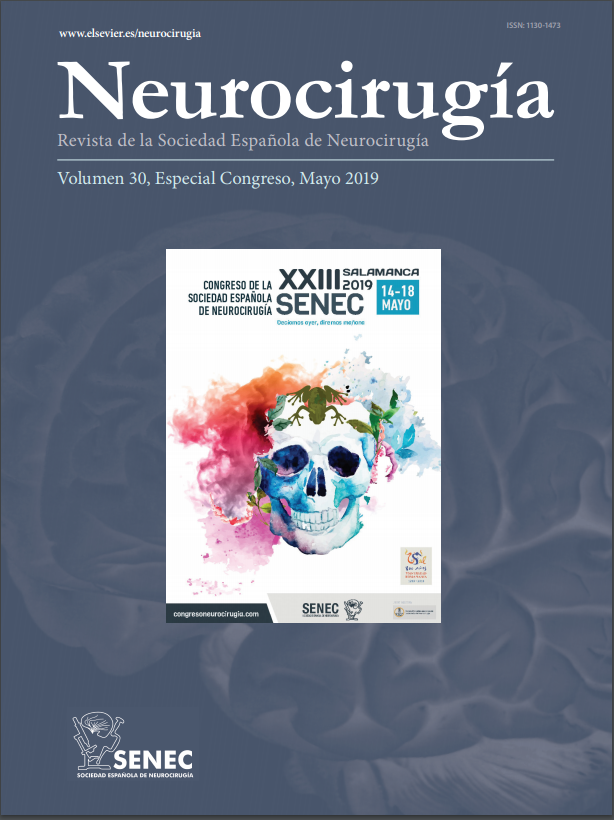C0486 - ENDOSCOPIC ENDONASAL SURGERY FOR BRAINSTEM LESIONS: PRELIMINARY SERIES, ANATOMIC DEMONSTRATION WITH 3D ANALYSIS, AND LITERATURE REVIEW
1Hospital Clinic, Barcelona, Spain. 2Department of Neuroanatomy, Facultad de Medicina Universidad de Barcelona, Barcelona, Spain.
Objectives: The endoscopic endonasal approach (EEA) has been proposed as a potential alternative for the removal of ventral brainstem lesions. However, feasibility and limitations of the EEA for intrinsic brainstem pathologies are still weakly understood. This study aims to report our experience in 4 consecutive cases of brainstem neoplasms that were approached via an EEA. Furthermore, detailed anatomic demonstration with 3D analysis was performed, and a literature review was accomplished.
Methods: All cases were operated in a single center by a multidisciplinary surgical team in the last 5 years; neurophysiologic monitoring was used in all cases. Anatomic dissections were performed in 5 human cadaveric heads using 0° and 30° endoscopes, and specific 3D reconstructions were performed using Amira 3D (ThermoFisher Scientific, Hillsboro, Oregon, USA). A comprehensive literature review was achieved using PudMed database.
Results: All lesions were located at the level of the ventral brainstem. Specifically, we reported: 1 mesencephalic cavernoma, 1 pontine cavernoma, 1 pontine astrocitoma and 1 medullary diffuse midline glioma. Cerebro-spinal fluid (CSF) leak was the major complication that occurred in one case (medullary diffuse midline glioma). In all patients a good outcome was obtained. Based on the results found in surgery, we performed a qualitative and quantitative analysis of the ventral brainstem safe entry zones that were approached via the endoscopic endonasal pathway. Hence, with the help of the 3D analysis performed with the Amira software, the endoscopic endonasal “surgical freedom” was calculated for each entry zone (mesencephalic, pontine and medullary). The literature review revealed 13 cases of various brainstem lesions that were treated via an EEA.
Conclusions: The EEA provides direct access to the ventral brainstem, overcoming the limitations of lateral transcranial routes. Further experience is needed to determine the indications and limitations of this approach that should be performed by neurosurgeons with high-level expertise in EEA.







